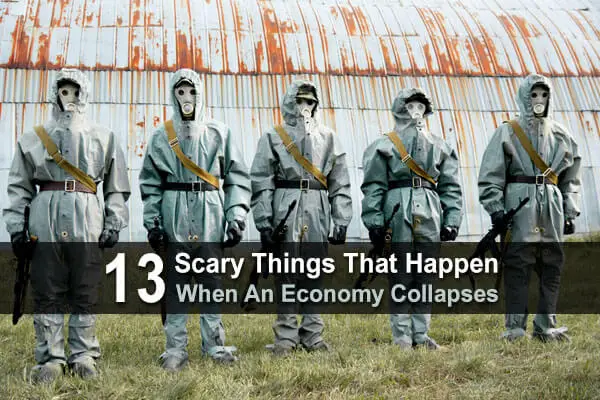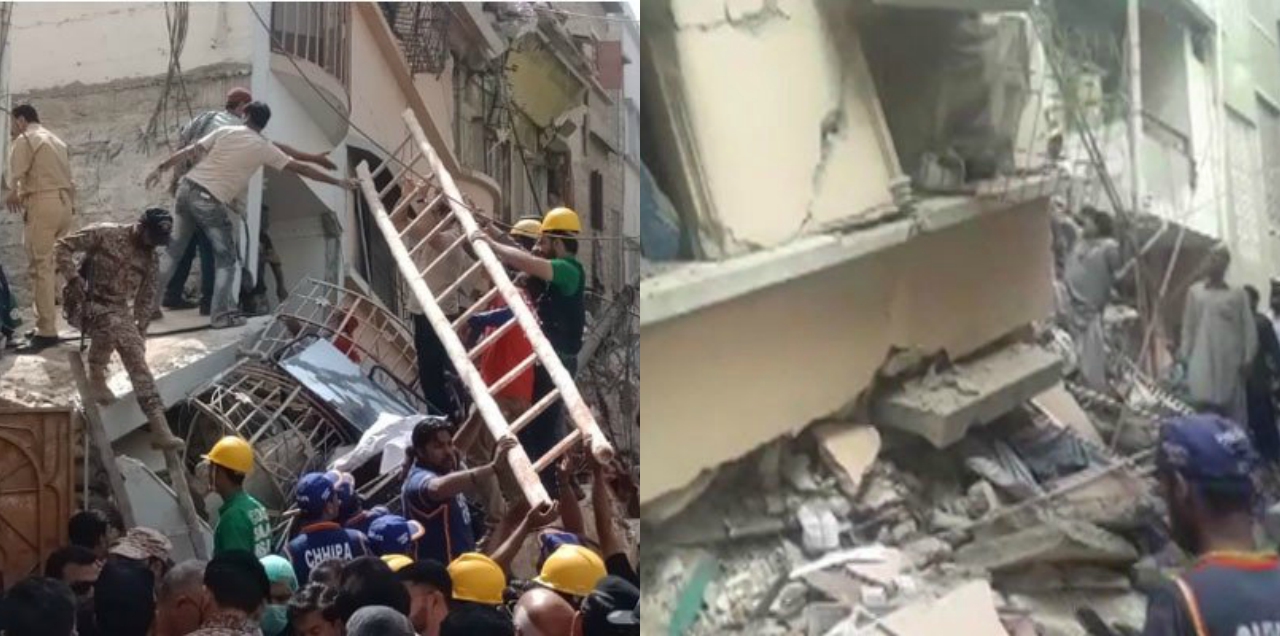

In this article we apply key concepts in the systemic risk and socio-ecological resilience literature to the case of state collapse and recovery in the Bronze Age system. The collapse coincided with multiple shocks hitting cities throughout the system within the space of approximately a century (Cline 2014, 2021). The Bronze Age collapse involved the fragmentation and loss of multiple states that were deeply culturally, politically, and economically interconnected. The Bronze Age State System is one of the most well-known and studied historical cases of a gradual systems collapse. Yet there are significant fears that the current globalised world is self-organising towards a state susceptible to systemic crises (Centeno et al.

Far less research exists for the modern world system (Helbing 2013 Keys et al. 2016), and financial systems (Haldane and May 2011 Acemoglu, Ozdaglar, and Tahbaz-Salehi 2015 Beale et al. Critical transitions are well studied for ecosystems (the typical term here being ‘regime shifts’), including pollinator communities and coral reefs (Bellwood, Hughes, and Folke 2004 Holbrook et al. This often occurs as a ‘critical transition’ in which there is a relatively rapid change from one state to another (Scheffer et al. We define systemic risk as the ability for a single disruption, or a series of individual disruptions, to cascade into a systems wide failure. Systemic risk may be a ubiquitous danger for complex systems, whether they be in an age of bronze or silicon. It at least provides historical grounds for believing that synchronous failures can happen and can be lethal to states. Systemic risk and resilience are helpful lens for viewing the Bronze Age collapse and recovery, as well as taking lessons for the modern globalised world. The surviving Hittites in northern Syria, in contrast, relied on the modularity of their semi-feudal structure. The Neo-Assyrians persisted by moving from a strategy of trade to conquest. No two states were alike in their resilience. Many states recovered and displayed resilience through the Bronze Age systems collapse. Eventually, enough cities were destroyed to undermine the economic, cultural, and political fabric that held the Bronze Age together. This set off a chain reaction as the loss of key cities destabilised the trade-network and undermined state revenue, leading to further rebellion, migration, and warfare. We contend that this was a case of synchronous failures driven by both long-term trends in interconnectedness and inequality, as well as external shocks such as climate change, warfare (including from hostile migration), rebellion, and earthquakes. In this chapter we apply the concepts of resilience theory and systemic risk to the Bronze Age Collapse.


 0 kommentar(er)
0 kommentar(er)
